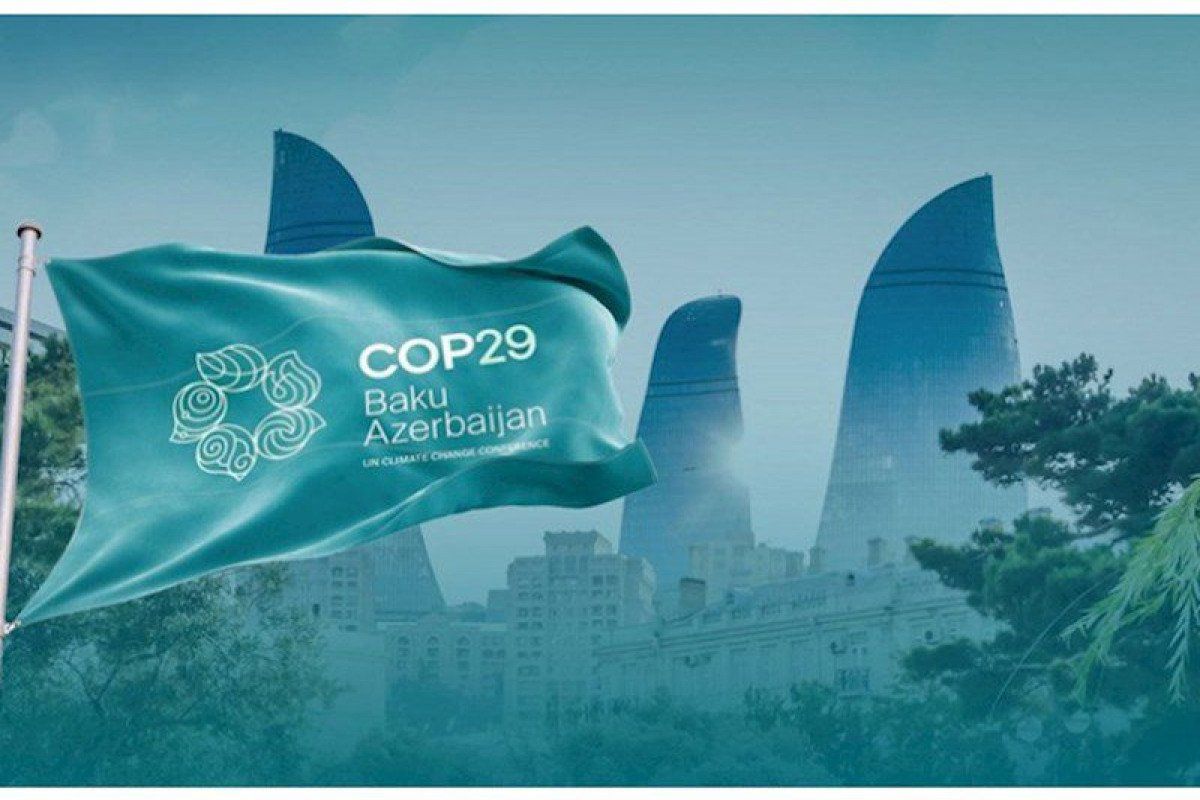
Opinion:
By Dr Githinji Gitahi

Dr Githinji Gitahi_Amref Health Africa Group CEO
– Global warming is no longer just an issue for the environment but a crisis of life itself. Yet, African governments’ climate action strategies, specifically those submitted under the Nationally Determined Contributions (NDCs), remain disproportionately focused on emission reductions—an approach that fails to address the most pressing health needs of African communities. For many Africans, it’s hard to explain why their leaders prioritize reducing emissions, which are rather low and insignificant when the immediate threat of climate change is not their carbon footprint but their vulnerability to its effects.
Consider the Democratic Republic of Congo (DRC). With a per capita carbon emission of just 0.04 metric tons, it would take an average Congolese citizen over 400 years to match the emissions of a citizen in a high-income country like the U.S., Canada, or Australia.
However, DRC’s NDC includes an unconditional commitment to reduce emissions by 2%, with conditional target of 21% by 2030. This ambitious reduction, aimed at emissions that are already minuscule, would come at a cost of $25.6 billion for mitigation compared to the $23 billion allocated for adaptation actions.
This isn’t an argument against the DRC’s commitment, but an example of the absurdity that is replicated across most of the African climate action strategies as stated in their NDCs. Across the continent, mitigation costs consistently overshadow adaptation investments, even though Africa’s contribution to global emissions is minimal. What impact would DRC’s 21% reduction from 0.04 to 0.0316 metric tons per capita emissions have on the global climate at a cost of $25.6 billion?
Ethiopia provides another example. With per capita emissions of 0.2 metric tons, Ethiopia aims to cut emissions by 68.8% by 2030. However, of its $316 billion climate action budget, $275.5 billion is dedicated to mitigation, while only $40.5 billion is allocated to adaptation. This imbalance overlooks Ethiopia’s pressing need for climate resilient infrastructure in health, water, and sanitation to protect millions from climate-induced floods and droughts.
The story continues in Malawi, where per capita emissions are only 0.1 metric tons. Malawi’s NDC targets a 6% unconditional reduction and a 51% conditional reduction by 2040, with $41.8 billion allocated for mitigation but only $4.5 billion for adaptation. This focus on mitigation underfunds Malawi’s immediate vulnerabilities, such as water scarcity, food insecurity, and a fragile agricultural sector.
Zimbabwe and Uganda follow similar patterns. Zimbabwe, with per capita emissions of 0.9 metric tons, aims to reduce emissions by 40% by 2030, budgeting $4.83 billion for mitigation compared to just $2.35 billion for adaptation. Uganda, with emissions at 0.1 metric tons per capita, commits to a 24.7% reduction by 2030, with $16.7 billion allocated for mitigation and $11.4 billion for adaptation, despite recurring droughts that jeopardise agriculture and health systems.
A more people-centered approach would give precedence to climate-resilient crops, effective water management, and adaptable healthcare systems that directly address the immediate needs of vulnerable populations.
This fixation on mitigation in countries with negligible emissions reveals what I call “distributed carbon guilt”—a shared sense of responsibility for a problem these countries did not create. African nations seem trapped in a “copy-paste” climate agenda that mirrors the priorities of high-emission countries rather than building strategies rooted in local needs.
It’s time for African leaders to rethink their climate strategies and make a decisive shift away from carbon metrics toward a people-centred approach. This human life crisis demands a bottom-up strategy focused on protecting lives and livelihoods, prioritising the safety and resilience of vulnerable communities facing growing health risks, water and food scarcity, and the loss of jobs and incomes.
Achieving this scale of change requires harnessing the power of citizen engagement to build a groundswell of advocacy that places people at the heart of climate negotiations. Empowered African voices—from grassroots activists to government representatives—are essential in holding wealthier nations accountable, demanding they honour their commitments for a just energy transition and provide the financial and technological support necessary to safeguard lives and strengthen the resilience of African communities.
The Pathway to Resilience
Climate adaptation and mitigation are not opposing approaches but mutually reinforcing strategies to tackle climate change and its impacts. Each should be applied based on the specific needs of communities. For example, investing in adaptation in Africa provides immediate protection and reduces future risks, avoiding the escalating costs of inaction. According to the Global Commission on Adaptation, an investment of $1.8 trillion in areas like early warning systems, climate-resilient infrastructure, sustainable agriculture, and water resources could yield $7.1 trillion in benefits. If African farmers adopted solar-powered irrigation, resilient crop varieties, and weather alert systems, global agricultural yields could avoid a 30% decline by 2050. Clearly, investing in adaptation delivers significant co-benefits for both resilience and mitigation.
African governments should therefore refocus on five key areas: strengthening climate-resilient health systems, offering reliable, safe water and sanitation services, supporting sustainable agriculture, mitigation, especially where there are direct co-benefits and implementing social protection programmes. Climate-resilient health systems are vital to managing climate-driven pressures, including rising disease burdens from malaria, dengue, and respiratory illnesses linked to pollution and extreme temperatures. They are also critical for responding to health impacts from extreme weather events like droughts and floods.
Reliable water and sanitation infrastructure that can withstand prolonged droughts and unpredictable rainfall is essential for tackling Africa’s growing water scarcity. This is directly linked to health, as failing and overwhelmed sanitation systems increase the risk of diseases like cholera.
In agriculture, climate-smart practices—such as resilient crop varieties, agroforestry, improved irrigation, and early warning systems—are crucial for food security. Meanwhile, government-led people-centric social protection programmes offer a safety net for communities facing the economic impacts of climate shocks.
These priorities will form a central part of discussions at next year’s Africa Health Agenda International Conference (AHAIC25) in Kigali, where African leaders will host global health and development stakeholders to exchange best practices and innovative solutions for tackling these urgent challenges.
Calling for Accountability from High-Income Countries
Based on the widely accepted principle of ‘common but differentiated responsibilities and respective capabilities,’ Africa should not bear this financial burden of adaptation alone. High-income countries, whose emissions have driven this crisis, have a moral obligation to compensate for the damage affecting developing nations. The Climate Convention mandates developed countries to provide this support, but funding is still not flowing at the scale or speed required. At COP29 in Baku, African leaders must stand united in demanding substantial, immediate financial support from wealthier nations to fund adaptation efforts across the continent as the world jointly works to slow down the global warming catastrophe.
As the next round of NDCs is due in early 2025, African policymakers must shift the focus to address their countries’ most pressing priorities. Adaptation should be the primary consideration, guided by available data that highlights Africa’s urgent need for resilience. Mitigation should be pursued selectively where it offers direct benefits, such as reducing indoor air pollution. Meanwhile, G20 countries, especially the highest emitters, must lead on global mitigation efforts. Continuing to prioritize emission reductions in low-emission African nations is effectively adopting someone else’s agenda and diverts attention from Africa’s critical needs.
Africa’s climate commitments must prioritize lives, livelihoods, and resilience. The continent’s leaders must champion a strategy that safeguards its people, builds robust systems, and prepares for the climate impacts already upon us. In this crisis of life, Africa needs a climate action strategy centered on people—not carbon.
IPS UN Bureau Report




